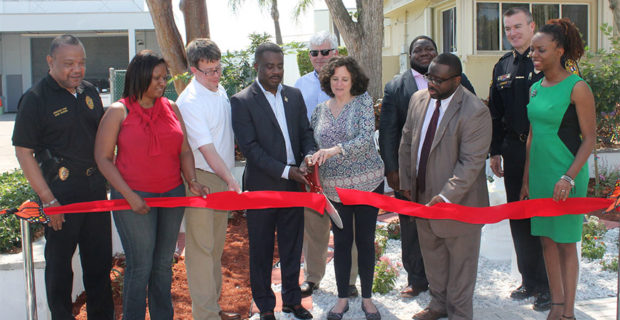We have much more to do and your continued support is needed now more than ever.
Cities Need Urban Wildlife Plans to Combat the Extinction Crisis

Urban wildlife are facing unprecedented challenges as development in the United States continues unabated. Habitat destruction and fragmentation mean less habitat in urban and suburban areas and fewer corridors for species to move around. Climate change exacerbates the situation by contributing to the urban heat island effect (higher urban temperatures due to the higher proportion of artificial surfaces in cities that retain the sun’s energy), the increased frequency and intensity of extreme weather events, increased range and aggression of invasive plant species, and increased polluted runoff, putting a heavy strain on wildlife.
The recently released United Nations report underscores the urgency of taking action today to help wildlife, noting that “as many as one million plant and animal species are now at risk of extinction.” The wildlife crisis is not just a global issue, it’s one that has an impact in U.S. cities, neighborhoods and backyards.
The report highlights solutions specifically for urban areas:
“In urban areas, the Report highlights, among others: promotion of nature-based solutions; increasing access to urban services and a healthy urban environment for low-income communities; improving access to green spaces; sustainable production and consumption, and ecological connectivity within urban spaces, particularly with native species.”
Addressing the “Extinction Crisis” in American cities can be a challenge. While the federal government has the U.S. Fish and Wildlife Service (and other natural resource focused agencies) and states have State Wildlife Agencies with State Wildlife Action Plans, there is no equivalent at the local level. Most city or county sustainability plans focus primarily on energy or water conservation efforts. Park and Recreation departments play an important role in conservation, but face competing priorities (i.e. – ball fields, swimming pools, playgrounds, etc.). Most cities do not plan for or allocate their budgets to help wildlife.

But what if they did?
According to the Urban Institute, local governments spent $1.5 trillion in 2015. If just one additional penny of every local dollar was spent on wildlife conservation, urban forestry, green infrastructure, and open space (that’s $15 billion annually), we could make real, meaningful change for wildlife and help begin to reverse the wildlife crises in the United States.
What if cities included policies that aligned with the UN Report’s urban recommendations? What if cities took concrete steps to improve biodiversity through nature-based solutions and worked to ensure equitable access to nature?

While there is a lot of work to be done to move cities in the right direction, New York City has taken an important step with the release of its OneNYC 2050 Strategy and Report, which meaningfully incorporates nature, biodiversity and wildlife conservation into the city’s strategic planning for the first time.
This language was included thanks to a collaborative effort of more than 75 organizations (including the National Wildlife Federation) led by the Natural Areas Conservancy and with the support of the NYC Parks Department. This coalition successfully integrated its “New York City Nature Goals 2050” into OneNYC 2050 – here is the list:
- Support for biodiversity and habitat
- Provision and enhancement of clean air and water
- Resilience and protection from coastal storms
- Connectivity for plants and animals
- Inspiration for city residents
We hope that more cities will follow this model and integrate nature into their sustainability, climate and comprehensive plans. You can also encourage your city to become more wildlife-friendly by learning about NWF’s Community Wildlife Habitat and Mayors’ Monarch Pledge programs and asking your local elected officials to join!
Like what you read? RT to spread the word!






















